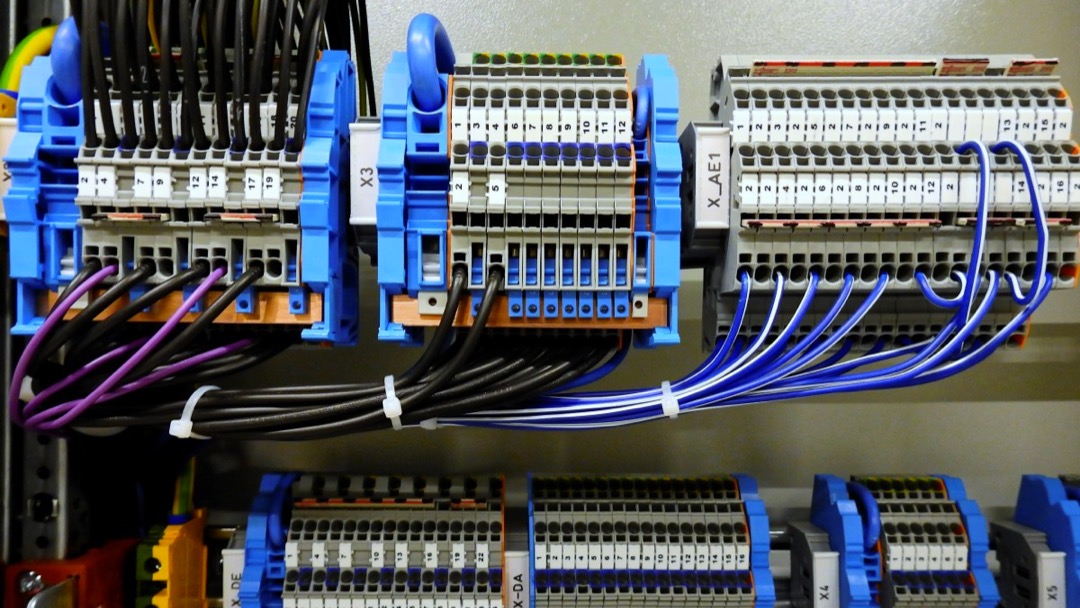We can all agree that programmable logic controllers or PLCs completely changed the industry back in the day. Of course, nowadays, you can find them in almost every single sector, such as automotive, transportation, and many others.
However, before 1968, things were completely different, and PLC did not exist. During those times, automation required significant hardware so that the machine can handle the necessary operation.
The best way to understand the importance of programmable logic controllers is by determining its history, which will help you learn more about the automation industry as well. You should visit this particular site: onlineplcsupport.com to learn everything about modern-day controllers.
The Automation Industry before PLCs

We had mentioned above that the automation industry was prominent even before controllers entered the market. However, during the initial days, industries used relays to control various machines and bring them together.
You should know that relays function by having a coil that energizes and creates the magnetic force, which is responsible for changing on to off based on the programming and preferences.
On the other hand, as soon as you de-energize a relay, the switch will return the device to a standard position. In simpler terms: if you wish to turn on or off the engine, the idea is to attach a relay between the motor and power source.
That way, when the motor gets the power, the relay will energize or de-energize. However, without a proper power source, the engine will not operate. In this particular example, we are talking about a power relay.
Now imagine several motors in a single product that you need to control at once. The best way to control them properly is by using power relays, which is why factories required significant cabinets that featured power relays.
If you wish to switch the coils inside of power relays before turning on the motor power, you can control that by using more relays. Now, we are talking about control relays that are determining whether the switch will turn the motor.
This is a clear example of how the automation and control systems operated before programmable logic controllers.
You have noticed that each manufacturing factory-required numerous electromechanical devices that were both expensive and challenging to handle in real-time.
Finally, maintenance was the worst thing that could happen, and troubleshooting could have lasted for days until determining the reason for the problem. That led to losing both time and money, which was the main reason why PLCs became effective and efficient alternatives.
Apart from the idea that relays were a logistical nightmare, everything had to be hardwired in a specific order for the machine to operate. At the same time, if one relay were out of place, the entire system would suffer as a result.
Troubleshooting was problematic; the coils were not durable and wore out after significant usage, which required proper maintenance schedules and plenty of space. The easiest way was to create a more convenient solution, which is when PLC entered the market.
Programmable Logic Controllers Changed Everything

Everything changed during New Year’s Day, 1968, in General Motors. Dick Morley was the person responsible for the creation of the first programmable logic controller with the idea to replace the relay system.
The GM created the requirements to him with these requests:
- They wanted a flexible and inexpensive system which was similar to relay logic
- They wanted a system with the ability to program and maintain it by using already popular relay ladder logic language
- The system had to resist the harsh industrial environment that included vibration, electromagnetism, moisture and dirt
- Finally, it had to be flexible and modular, which would allow them to expand it based on other applications.
The main goal was the programming that did not require too much education and training. Therefore, they created a PLC that engineers, plant technicians, and electricians could understand with ease.
At the same time, it used a relay-based control system that became more complicated and evolved into ladder logic programming.
The control started from the left and finished on the right side. It included pushbuttons, relay contacts, limit and selector switches, motor starter, and relay coils as well as other inputs and outputs based on the ladder logic rungs.
The Initial Years

During the initial phase, the programmable logic controllers could work with timers, counters, and coil/contact internal logic and with input and output signals. Internal registers used counters and timers, so they started using four-function math inside of it.
As time went by, the PLC evolved with the ability to implement both analog and digital input and output signals, as well as floating-point math, improved counters and timers, mathematic functions, and drum sequencers.
Some of them had proportional integral derivative (click here to learn more about it), which created an advantage during the production and manufacturing industries.
The programming became more efficient, and the implementation of Tag Names allowed people to understand each application with the idea to eliminate the potential for errors.
The features evolved to the point when programmable logic controllers because of the essential part of each industry, especially automotive and movie making. The first devices were cumbersome and large, which is when handheld programming devices entered the market.
Fast forward, the personal computers replaced them by using particular programming software that each manufacturer made for their controllers. That way, people could troubleshoot, test, and create the program without installing it inside the production.
Finally, the communication reached the point where different machines could communicate with each other by using the MODBUS protocol as well as other serial interfaces.
Apart from these protocols, today, you can find numerous communication characteristics available on the market.
That way, you can connect PLC protocols with other controllers, human to machine interfaces, motor drives, and Ethernet IP, which increased both efficiency and speed of the connection.
Today, you can find a wide array of high-end PLCs that are vital for different industries, and that can handle complex algorithms and operations.
We can easily say that the automation industry will advance even more, so the next step is using AI and machine learning within these controllers to reduce the need for an operator.








